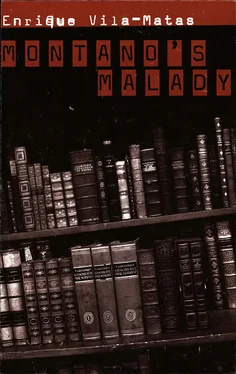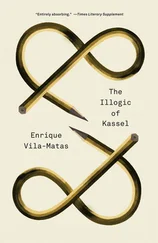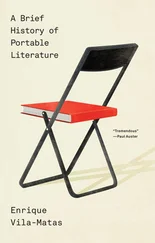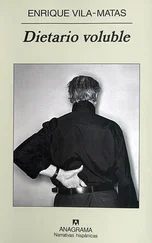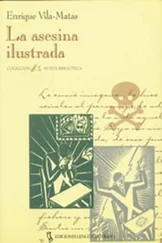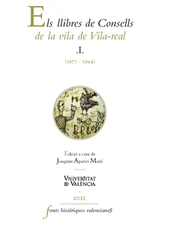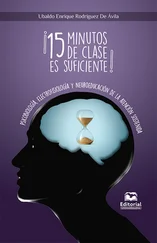I decided to start reviewing again, and the first book they sent me was The Rings of Saturn by W. G. Sebald. It was as if the editors of the newspaper had decided to send me this book so that its style of an extreme glacial beauty would finish me off. I knew this because I had been told, but I confirmed it by reading the book: the narrator viewed the world dominated by a strange quietness, as if all we humans looked through various sheets of glass. At times the narrator did not know whether he was in the “land of the living or already in another place.” Anxiety everywhere. The narrator set off to walk the county of Suffolk, “in the hope of dispelling the emptiness that takes hold of me whenever I have completed a long stint of work.” Visiting small villages, landscapes, and solitary ruins, he was confronted by traces of a past that referred him to the entire world. His pilgrimage along the coast lacked joy, light, and vivacity. For a dead man — the narrator seemed to be saying — the whole world is one long funeral.
The next book I was given to review, which had just been reprinted, was The Encyclopedia of the Dead by Danilo Kiš, a collection of nine stories, the strangest of which — its long shadow would accompany me to Chilean lands, as I was soon to discover — was based on real events; it is the story of a man who, while on a trip, had been forced to spend the night in a miserable hostel “in the middle of the woods” and suddenly, in his dreams, had witnessed in minute detail the murder that would take place three years later in the same room where he was sleeping; the victim would be a lawyer by the name of Victor Arnaud. It was possible to locate the murderer, because the dream stayed in his memory.
Anxiety everywhere. One afternoon Rosa found me quiet, almost frozen from fear and from glacial beauty in front of the kitchen calendar, only the golden label on the bottle of rum from Martinique giving the scene some color. It was then that she suggested that I stop thinking about literature and about death and that I travel to Chile to visit Margot Valerí, who was eighty years old, but was life itself and would surely help me.
I didn’t hesitate, Rosa was right, I needed to travel. Rosa and I had met the intrepid aviator Margot Valerí in the summer of 1998 in Barcelona and we had become good friends. In case one day we decided to travel to Chile, she had invited us to her house in Tunquén, or the bay of Quintay, facing the Pacific. Margot had a delightful biography, which made her the ideal person to combat Montano’s malady. She had been born in Trafún, near Río Bueno, and as a girl had enjoyed horseback-riding and rowing on the Pilmaiquén River. When riding or rowing through the scenes of her childhood, she would often notice the airplanes constantly flying over the river. At the age of nine, she was given a pair of binoculars by her mother and was able to take a closer look at the Lan Chile mail planes flying very high over Trafún on the route connecting Santiago with Puerto Montt. Margot soon discovered she was destined to be an aviator. In the Second World War, she had been a pilot with the Free French Air Force, something of which she was very proud. At the age of eighty, she continued to pilot airplanes, she was a woman who seemed to travel through life without the need to refuel, and she had no ties with death or with literature. In fact, one day in Barcelona, I remembered having asked her what she thought of the writer-aviator Antoine de Saint-Exupéry. She had answered that literature bored her stiff — possibly because her grandfather had tried to drum it into her — but most of all she hated the “aviator mystique” surrounding this insufferable French writer whom I had just mentioned and who, to cap it all, was not such a good pilot as he was rumored to have been.
Isn’t it wonderful that literature bored her stiff? Only once had I heard her say something vaguely literary, it was when I asked her if I should believe that at her age she still piloted airplanes. “Yes,” she answered, “of course I still shake the skies.”
It was this sentence I reminded her of when I called to find out if I could visit her at the end of the year and century in her house in Tunquén, or the bay of Quintay. First she joked and asked me if I had split up with Rosa. I explained to her what was going on, how Rosa had to stay in Barcelona because of work — she was busy with preparations to shoot a film in the Azores — and how she, more than anyone, needed a break from my neurotic literary ills.
I slept almost all the hours of the outward journey to Chile. The few moments I spent awake between one sleeping pill and the next were criminal. I could only think to flip through the in-flight magazine, where I came across some verses by Pablo Neruda, perfect for reminding me that death and literature existed: “There are lonely cemeteries, / graves full of bones without sound, / the heart passing through a tunnel, / dark, dark, dark, / as in a shipwreck we die from within …”
Startling verses of a great funereal beauty, but not at all what you want to read between one sleep and another. When after two naps brought on by different sleeping pills and a Nerudian interlude I arrived in Santiago, I was cheered by Margot’s lively smile as she stood at the foot of the steps, but saw that she was accompanied by a very ugly man, a kind of ultra-gloomy Nosferatu, and for a moment I couldn’t help thinking about Neruda’s verses and death.
“Allow me to introduce you,” she said, “to Felipe Tongoy, the ugliest man in the world. You will become very good friends.”
Short pause for Felipe Tongoy, the ugliest man in the world. I met him on the penultimate day of the twentieth century at Santiago Airport, as I just related in this diary, which I took up again after my return from Chile. Funnily enough, I am here in Barcelona writing about the time in Santiago when I met the ugly Tongoy and, in ten minutes, I have to leave home and have lunch with him at the restaurant Envalira in the district of Gràcia. My friend Tongoy is currently in Barcelona because he is due to work on the documentary about the world of whalers that Rosa is preparing and which will be shot shortly in the Azores.
Obviously it was I who suggested to Rosa that she offer Tongoy the part of a bogus whaler in the film. His appearances in the documentary may well have a disturbing effect because Tongoy is an authentic Nosferatu and has been in the acting profession for many years; he is a seasoned actor and somewhat famous in France, where he has lived for the last half century. I think that he will excel in his role as a bogus whaler cum outlandish Nosferatu.
Rosa’s documentary aims to record the depressing current state of the world of whales and whalers in the Azores, with Moby-Dick as a permanent literary backdrop. But it also aims to invent, to blend fact and fiction, and it is here, in the fiction, that Tongoy can shine, in the lines that, in my collaboration as scriptwriter, I have prepared for him to deliver at the start of the film.
My friend Tongoy is really very ugly, but one grows used to finding him less hideous on account of his good nature, his eccentric but elegant dress sense, and his refined manners. When I saw him for the first time at Santiago Airport, I quickly thought of Nosferatu. I kept quiet, however, because it is rude to tell someone you have just met that he looks like Dracula, but above all because I myself have always borne a certain resemblance to the actor Christopher Lee, who played Count Dracula in films of the 1950s. And also because he himself almost immediately brought up the matter of his remarkable physical oddity.
My friend Tongoy is seventy-four years old, has a shaved head, and ears like a bat’s. He has lived in Paris for half a century, but he was born into a family of Hungarian Jews who immigrated to Chile and settled in San Felipe. My friend’s real name is Felipe Kertész; he recently became quite famous in France when in a film he played the role of a sinister old man who goes about kidnapping children. He is also relatively well known for his roles as dragonfly-man in a film by Fellini and as Bela Lugosi in a biopic of this Hungarian actor.
Читать дальше
